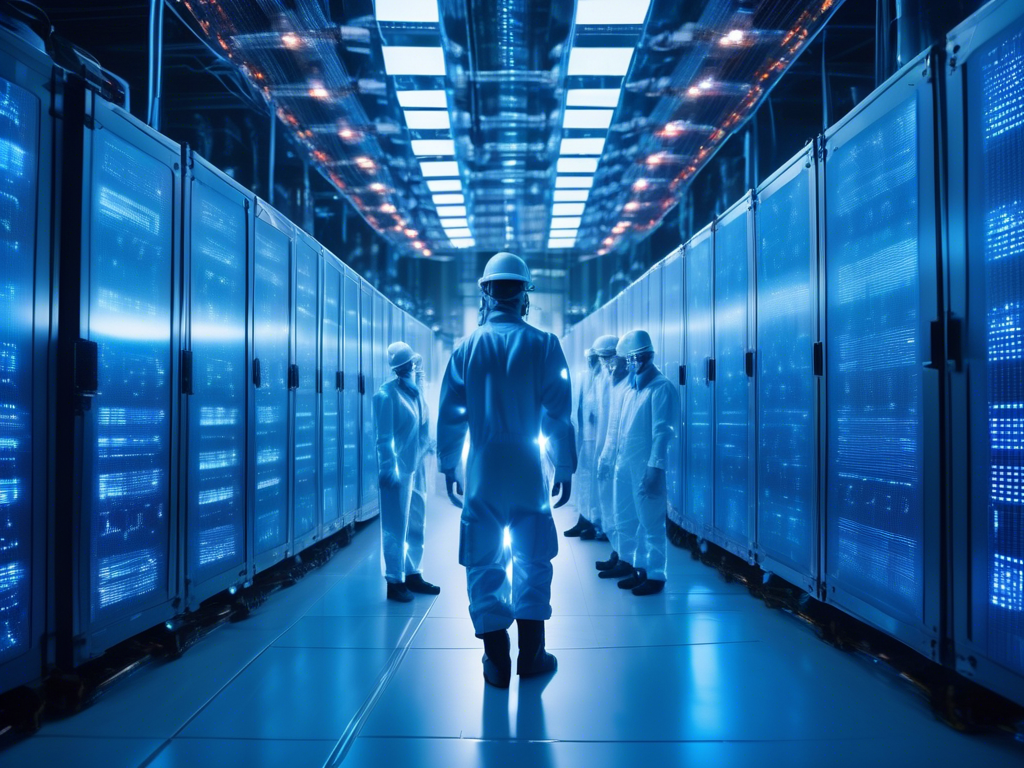OpenAI and Oracle Ramp Up AI Power with Multi-Billion Dollar Expansion as xAI Prepares Massive GPU Push
OpenAI and Oracle are significantly scaling their AI infrastructure ambitions, with plans to expand their joint project to deliver over 5 gigawatts of computing power. This move underscores the growing demand for high-performance AI systems as companies race to build next-generation models. Meanwhile, Elon Musk’s xAI has set an aggressive target to deploy 50 million H100-scale GPU units within the next five years, signaling a major escalation in the AI hardware arms race.
The OpenAI-Oracle collaboration, initially reported as a multi-billion-dollar initiative, is now pushing beyond initial estimates to secure additional energy capacity for AI training. The project, internally referred to as Stargate, aims to create one of the most powerful AI supercomputers ever built, with energy needs rivaling small cities. The expansion highlights the immense computational resources required for cutting-edge AI development, as companies compete to train larger and more sophisticated models.
Oracle’s cloud infrastructure is playing a key role in supporting OpenAI’s compute needs, providing the necessary data center capacity and energy solutions. The partnership reflects a broader trend of AI firms partnering with cloud providers to secure access to scalable computing power. With AI workloads growing exponentially, traditional data centers are struggling to keep up, leading to innovative approaches in energy procurement and infrastructure design.
At the same time, Elon Musk’s xAI has outlined an ambitious roadmap to deploy tens of millions of high-performance GPUs, equivalent to Nvidia’s H100, by the end of the decade. This effort would represent one of the largest private investments in AI hardware, positioning xAI as a major player in the race for artificial general intelligence (AGI). Musk has previously emphasized the need for massive compute resources to achieve advanced AI capabilities, and this latest plan reinforces his commitment to outpace competitors.
The rapid scaling of AI infrastructure has raised concerns about energy consumption and supply chain constraints. Training large AI models requires vast amounts of electricity, prompting companies to explore renewable energy sources and more efficient cooling solutions. Additionally, the demand for high-end GPUs has strained global supply chains, with Nvidia struggling to meet orders from tech giants and startups alike.
As OpenAI, Oracle, and xAI push forward with their expansions, the AI industry is entering a new phase where compute power becomes a defining factor in innovation. The ability to secure energy, hardware, and data center capacity will likely determine which companies lead the next wave of AI breakthroughs. With billions being invested in infrastructure, the competition is heating up, setting the stage for a high-stakes battle in artificial intelligence development.


